Linux Security Overview, TacLUG 2004
This was my first trip down to TacLUG, the
Tacoma Linux User Group. I knew a lot of the people down there from
the TacLUG mailing list, but had never made it to a meeting before - the
best I managed was to see some of them up at LinuxFest once a year. It was
great to finally make it down there.
Due to time constraints (read: the twins are still only 6 months old, Bree
just started back at work, and things haven't settled into a routine much
yet) I knew I wasn't going to be able to make a new talk for the meeting.
So I asked on the taclug-general mailing list what old talk I should
recycle, and the response was that folks wanted to hear the Linux Security
Overview I presented at ISSA exactly one year earlier.
Unfortunately, that's a 2 hour talk, so I naturally had to skip bits here
and there to fit the concepts into a one hour slot. Luckily, since I
was talking to a bunch of Linux geeks, I could shoot past some of the
pages that were meant to get Windows admins up to speed.
The only problems were the following:
- Don't call on anyone in TacLUG until you've gotten past the
current slide -- they're just going to anticipate where you're going and
attempt to win a race condition.
- Except when they ask a question that was answered two slides ago.
(Some sort of time-shift attack.)
- When Jarod Wilson tells you how to change your screen resolution,
ignore him. Else you'll need to show the rest of the presentation from
the HTML slides on the windows machine in the podium. Can you say
denial of service?
Here's the talk outline:
- Part one, automated hardening.
- The use of Bastille Linux.
- Part two, manual hardening
- Identifying and shutting down network services manually from
the command line.
- Part three, advanced kernel security
- Standard kernel-level security (traditional root vs capabilities),
use of Lcap to remove capabilities from the kernel at run time,
and alternate security models such as
LIDS (Linux Intrusion
Detection System) and
Systrace.
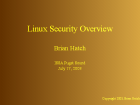
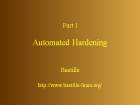
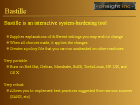
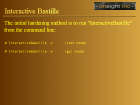
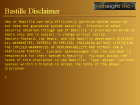
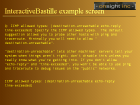
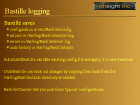
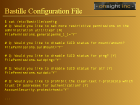
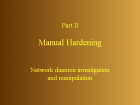

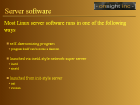
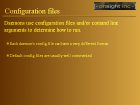
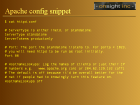
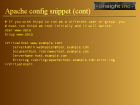
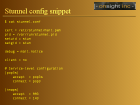
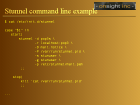
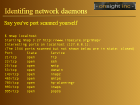
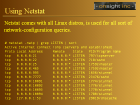
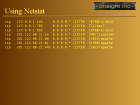
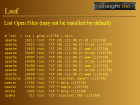
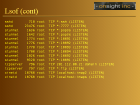
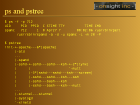
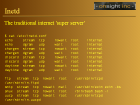

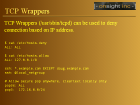
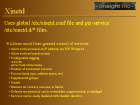
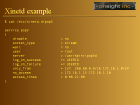
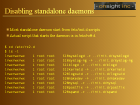
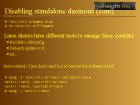
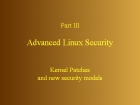
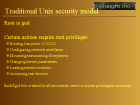

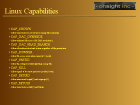
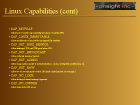
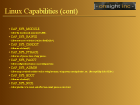
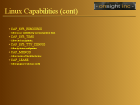
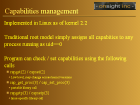
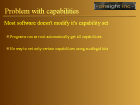
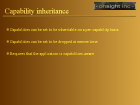
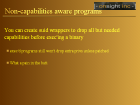

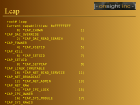
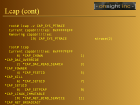

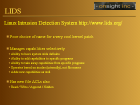

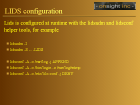
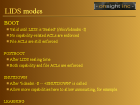
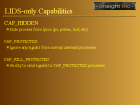
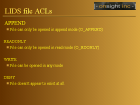
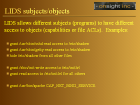
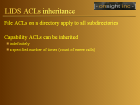
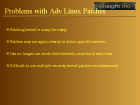
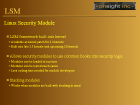
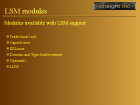
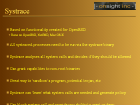
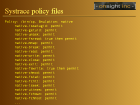
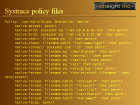
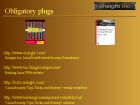
Copyright 2004, Bri Hatch of
Onsight, Inc.
Presented at Tacoma Linux Users Group, 2004.
Presentation created using vim and MagicPoint.


























































